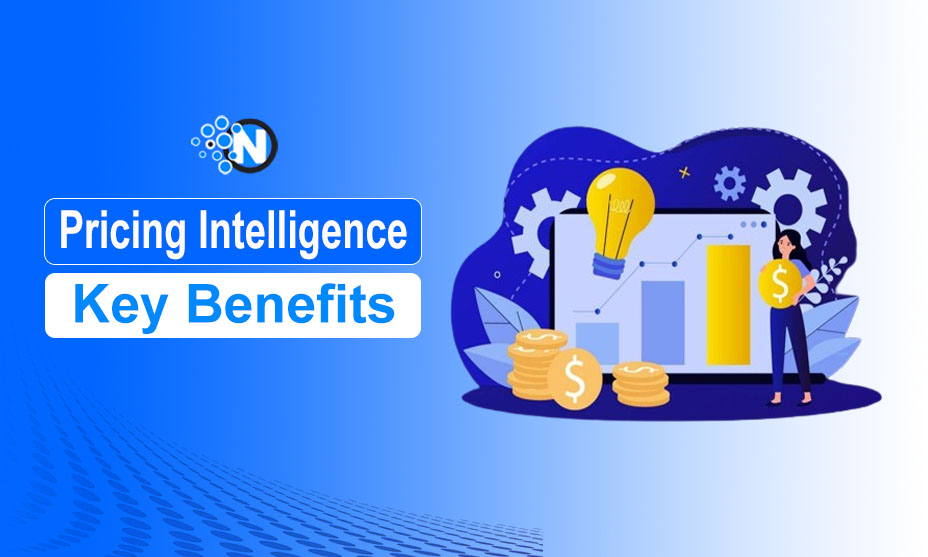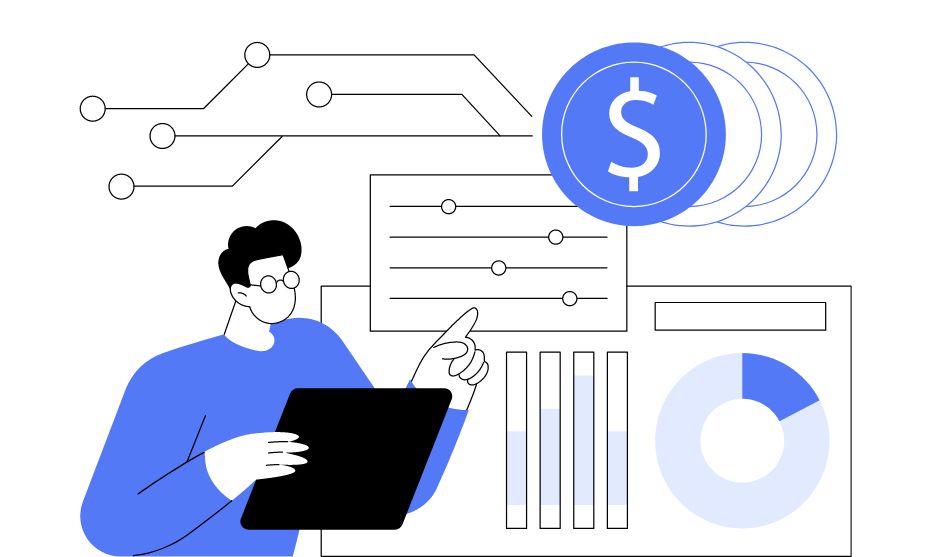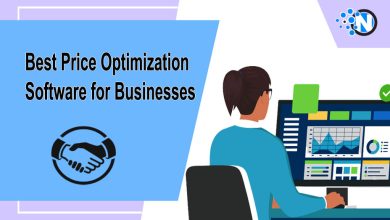Revolutionize Your Business with Pricing Intelligence: Key Benefits

There are several key steps that businesses must carefully navigate when implementing a successful pricing intelligence strategy. This starts with an exhaustive assessment of your current pricing strategies and market position. The evaluation helps to determine where PI can have the most significant impact and provide value to your company.
The next important step is selecting the right Pricing Intelligence (PI) software that aligns with your business needs and goals. This technology forms the backbone of your PI efforts, allowing you to collect, analyze, and act upon huge amounts of pricing data.
Competitive Pricing Intelligence (CPI) is what follows now that you have these tools. In this regard, it entails putting up strong data collection techniques to capture prices from competitive firms in different channels. It is important to use effective price monitoring techniques for capturing accurate and up-to-date information. Consider data accuracy, real-time capabilities, and integration with your existing systems when choosing a solution.

Pricing Intelligence Key Benefits
Here are some key benefits of implementing Pricing Intelligence in your business:
Boosting Your Bottom Line
Businesses that want better profit margins are increasingly using PI as a tool. With insights derived from data analytics, companies can go beyond traditional cost-based pricing models and move towards more complex value-based pricing approaches. Thus, organizations may optimize their price structures based on market demand, competition pricing, and consumer perceived value.
One essential benefit of Pricing Intelligence is its ability to help companies understand the elasticity of prices within their markets. On the other hand, by examining how output changes occur as price change occurs will reveal the sweet spot in which sales volume is maximized at the maximum profit margin. This approach allows businesses to gain insight into when it’s best to raise or lower prices, leading to enhanced profitability.
Due to the ability to respond to market signals and fluctuations, businesses can generate more profit (when they sell at higher prices during peak seasons) while remaining competitive (selling at reduced prices during downtimes).
By adopting PI techniques, businesses can move away from the limitations of cost-based pricing and embrace more sophisticated profit maximization strategies. This shift helps boost the bottom line and provides valuable insights into market trends and customer behavior, enabling companies to stay ahead of the competition and adapt quickly to changing market conditions.
Staying Ahead of the Competition
Pricing Intelligence offers a powerful solution to stay ahead of the competition. Companies, through PI, are able to develop a robust competitive pricing strategy that aligns with real-time dynamics in the markets.
One critical benefit of Pricing Intelligence is its ability to provide comprehensive competitor analysis. Through advanced price comparison tools, firms are able to keep track of what their competitors have been doing in their businesses regarding pricing strategies and, hence, adjust accordingly. Thus, this data-driven approach enables them make sound decisions for better positioning within markets.
Dynamic pricing is another common feature in many PI systems, allowing organizations to change prices based on factors like those discussed above, and competitor pricing. Consequently, there remains industry competitiveness with minimal manual intervention.
Also, companies use price benchmarking measures on PI, which involves comparing one’s product prices to average market values, thus identifying gaps that need fillings. During this process, companies may fine tune their pricing objectives so that they maximize profitability without becoming uncompetitive or minimize competitive vulnerability without hurting themselves by low price offerings.
Driving Growth
Intelligent pricing strategies are very impactful in improving growth and increasing revenue. For instance, through the use of insights derived from data and advanced analytics, businesses will be able to optimize their pricing. This will, thus, capture more value and stimulate sales growth as well. Revenue management skills like price segmentation and dynamic pricing allow firms to react fast to market conditions as well as consumer preferences.
Understanding price elasticity is, therefore, essential in determining how changes in price affect demand. In so doing, businesses can set prices that maximize revenues without alienating customers. Thus, demand forecasting plays a significant role in helping companies predict market trends and adjust their pricing strategies accordingly.
Effective price segmentation enables firms to provide specific products for every customer group, hence creating greater value across different market segments. In this way, it becomes possible for companies to increase revenue by meeting diverse customer needs and willingness to pay.
Combining data analysis, market research, and continuous optimization forms the basis for deploying sophisticated pricing strategies.
Building Strong Relationships
For any business that hopes for long-term success, building strong customer relationships is a must, and personalized incentives can significantly enhance customer loyalty. When companies adopt such customer-centric pricing techniques, it is possible to raise perceived value, thereby fostering a sense of price fairness among clients.
Using value-based pricing, the cost of goods or services will correspond with how much the client thinks they are worth, enabling a competitive price setting that meets customers’ needs.
On another note, implementing personalized incentives as part of customer retention strategies can lead to high levels of loyalty among consumers. These may entail offering individualized promotions on purchases according to previous buying habits or behaviors; exclusive access to new products, or customized service bundles right from any given purchase history. Such initiatives let customers feel valued and understood, establishing emotional connections and strengthening brand loyalty.
Furthermore, businesses can balance profitability against customer satisfaction by continuously assessing their prices in response to feedback received from their customers and market trends. This approach is dynamic because it will continually improve customer loyalty by ensuring that prices remain fair and reflect the value provided.
Data-Driven Strategies
Across industries, data-driven strategies have changed how decisions are made, while Pricing Intelligence (PI) insights have led to this transformation. With advanced pricing analytics, businesses can, therefore, make informed strategic choices using real-time market data.
One of the key benefits of Pricing Intelligence insights lies in the ability to visualize complex pricing patterns through intuitive data visualization tools. By providing a simpler presentation for decision makers or managers, such as graphs, bar charts, and tables to summarize essential details about price patterns, an organization can quickly identify trends that could have gone unnoticed. In addition to this, they can also use these summarized formats to react to market changes faster than their rivals.
Consequently, PI insights go beyond simple price comparisons and provide valuable market insights. Through analyzing large volumes of data, firms can gain better insight into consumer behavior as well as competitor strategies, thereby understanding overall market dynamics. The capability results in better forecasting, enabling companies to anticipate future trends accurately.
Another significant application of PI insights is predictive pricing. In fact, by using machine learning algorithms with historical data sets, firms are able to forecast future trends in their pricing more accurately every time. It, therefore, allows them proactively adjust their pricing strategies and optimize inventory levels while maximizing profitability.
Therefore, integrating PI insights into decision-making processes is necessary for any business seeking competitive advantage in today’s big data driven marketplace.




